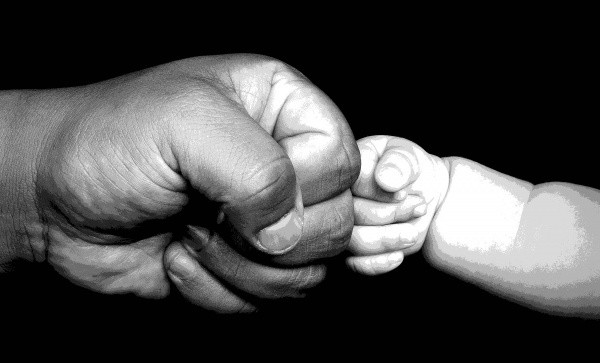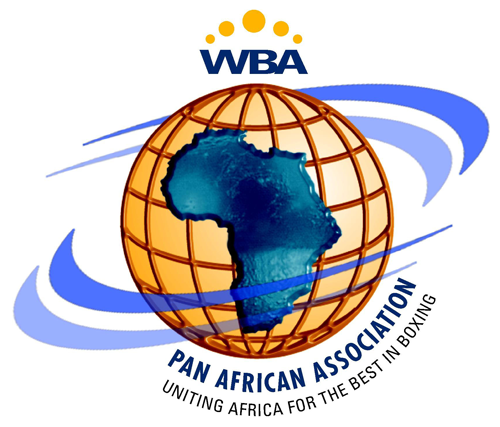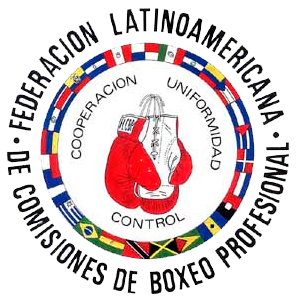As far as boxing is concerned it has also experienced many changes, and the most important ones are those applied to the rules in order to protect the boxer and, more specifically, to the subject in question: reducing the amount of rounds for world belts and for being in the 10 first boxers in world ranking. Initially, it descends from the round limitless fights and/or due to abandoning them until making 15 and then 12 rounds –mid 1980’s- for world fights and 10 rounds for scoring in world rankings.
On this sense, reducing the amount of rounds is a factor that forces to achieve what was achieved before, only that in little time: the same or superior amount of punches, the increase of movements of the torso and of the movements around the ring; all being made in the same or less time unit (3 minutes per round or about 50 minutes per belt and near to 40 by scoring in world rankings). This reducing trend forced the introduction of changes in preparation systems at the same time, and more specifically, in the quasi- training as the structural unit of the entire preparation process of the boxer.
Given the fact that boxing presents its own problems concerning the adjustment of changes to new times and that also allows the solution of such problems, the author had as a basic objective the proposal of a new technical training approach for the boxer. This approach is based on the integral and systemic consideration of all kinds of preparation (physical, psychic, tactical and integral) with the meaningful predominance of the development of each and every physical unit (strength, speed, resistance, flexibility and coordination).
Sport Training
Since sport training is a source and important part of sports preparation, it can also be considered as the structural unit of the entire preparation process. In other words, sports training is to the boxer’s preparation process what the filament is to the muscle, or what the neuron is to the nerve system.
There are many definitions of sports training (ST) (Gaverdovsky, 1979; Platonov, 1984, 1987; Ranzola, 1993; Forteza, 1997; Matveev, 1999; Ramírez, 1999; Campos and Cervera, 2001; Ruvalcaba and Loaiza, 2001, among others); however, in this case we will consider it a specialized pedagogical process aimed to integrally educate and also to develop the motor qualities of the trainee; to assimilate and improve the technical and basic habits and to move the psychic and functional reserves of the athlete. All this will be achieved through the use of several physical exercises and/or motor actions that will have the adaptation of the organism to extreme or necessary efforts as an objective. It will also seek to reach the highest technical and sports results in the chosen sport.
Sports training can be observed and considered from many other points of view:
As a source and important part of the periodicity of the preparation process, according to Matveev (1991) and Platonov (2004); to form microstructures (from 2 to 14 days), meso structures (from 15 days to 6 weeks) and macrostructures (from 7 weeks to 4 years). In other words, sport training is the key element to compose and generate preparation plans and/or programs for the boxer or for any other sportsman.
As a preparation process that takes many years to complete, a process in which the athlete goes from one technical level to another, since he is a rookie until reaching and stabilizing high sports achievements. We do this from the moment in which the person is a rookie until reaching and keeping high sports achievements (Matveev, 1991); the second one (Platonov, 1987), divides such process into five (5) stages, predominantly pointing at cyclic sports (swimming, cycling, rowing, canoeing, and others); the third and last one (Gaverdovsky, 1979), divides it into four (4) stages for the complex coordination disciplines concerning their structures or high technical skills. These were divided in fewer stages, perhaps because of the fact that they were characterized as early specialization sports. In spite of the justified differences presented in the table, the fact that sports training is universally divided into stages and that it is a process that lasts many years unifies the criteria given by those specialists as a common denominator.
As a complex and dynamic system from a cybernetic position, meaning, from the theory of information (information exchange) as a functional closed circuit with its direct and reverse links.
From the cybernetic position, the training process is a complex and dynamic system (CDS) in which the role of system’s director corresponds to the teacher- coach, and the role of being conducted goes to the athlete. Due to its nature, the direction of the CDS is the passing process from one stage to the other through the variable system’s influences. In order to achieve this, the system director must count on a) the object’s model (athlete) in his current status; b) the final model of the status that is necessary to reach (high sport scores); c) the model of the principles, the methods and ways of influence and changes that would be produced on the subject; d) the ways of reception and analysis of the results given by the preparation process (receiver and informative systems).
In this case, the direction of the ST is one of the most important premises that guarantee the keeping of the ideal structure and the making of programs, plans and objectives of the problem. This direction is led by the teacher-coach with an active participation of the athlete and establishes three (3) operation groups:
1. Collecting information about the state of athletes including physical, technical- tactical and psychic preparation standards. The reaction of the different functional systems (nerve, cardio vascular, breathing, osteo-muscular, among others) to the competition and training loads.
2. The analysis of that information, by comparing the obtained parameters with the wanted parameters in order to correct, to plan and to achieve the goal.
3. Taking and making decisions by preparing and presenting objectives and tasks, plans, programs, methods and ways to guarantee the achievement of the goal.
Kinds of Training
There are many and diverse kinds of training, therefore, naming them all is really difficult. Nevertheless, those could be classified in groups by considering their trends, according to the kind of preparation, the intensity or magnitude of the efforts and even the quality of training, among others. Some of these kinds will be shown next without untying their structures and contents; otherwise, not only would it be another topic, but it would also be extended and broad.
According to the kinds of preparation, there are several kinds of training:
Physical training can be general, special and complementary (Platonov, 2004) and at the same time, be subdivided into other kinds of training in order to develop force (static and dynamic, among others), speed (frequency of movement, time of movement, anticipation), power (with predominance of speed and force), resistance (aerobic, non lactic and lactic acid, anaerobic resistance), flexibility (passive, active, elongation).
Flexibility (passive, active, elongation, joint mobility); coordinative quality (spatial orientation, still- dynamic balance, rhythm, precision, coordination of movement, differentiation of muscular efforts); Basic and/or special technical training that can be subdivided into other trainings for initial learning and notion creation, for a deep learning to assimilate the skill and for perfecting and stabilizing habit. Tactical training of a basic and/or special kind is subdivided into trainings for the attack, defense, counter attack, persuasion and/or deceit, among others. Psychic training, that can be also subdivided into autogenous and ideomotion training, hypnosis and others
There are kinds of training that are voluminous and intensive, according to the magnitude of the efforts that are made. They can be subdivided into trainings of moderate, medium, maximal and sub maximal magnitude. With that magnitude trend, the kinds of training can also be determined for both sexes, masculine and feminine or for different ages (children, teenagers, youngsters, adult and mature people).
According to the quality of the training, which encloses all kinds of training, that quality can be also subdivided into excellent, good, satisfactory, average, bad, dangerous and fatal.
Knowing these and other kinds of training along with their structures and contents is very important and fundamental for the teacher-coach because the quality of the entire preparation process and the achievement of high world class scoring results depend on that knowledge; just as the current boxing sport requires it.
Conclusions
According to the analysis of specialized literature and to the vanguards of practical experience, the modern systems of training are not only a consequence of endless factors and influential trends but determined and characterized by forced changes in their structures and contents; all this, according to the dynamic demanding of current sport in the world.
Sports Training is considered the structural unit of all the Preparation System because it is the source and main part of the periodicity and cyclic quality of sports preparation, specifically on the specialization stage. Other reasons to consider it fundamental to the preparation system is that it shows it self as a preparation and adaptation process that lasts many years and because it is one of the premises that guarantee the making of programs and the conservation of the optimal structure to adapt extreme physical efforts.
The infinite variety and amount of the kinds of training can be generalized in groups, always considering the trend they posses according to the kind of preparation (whether it is physical, technical, tactical and integral), the magnitude of efforts (moderate, medium, maximal and sub maximal, and so on) and their own quality.














